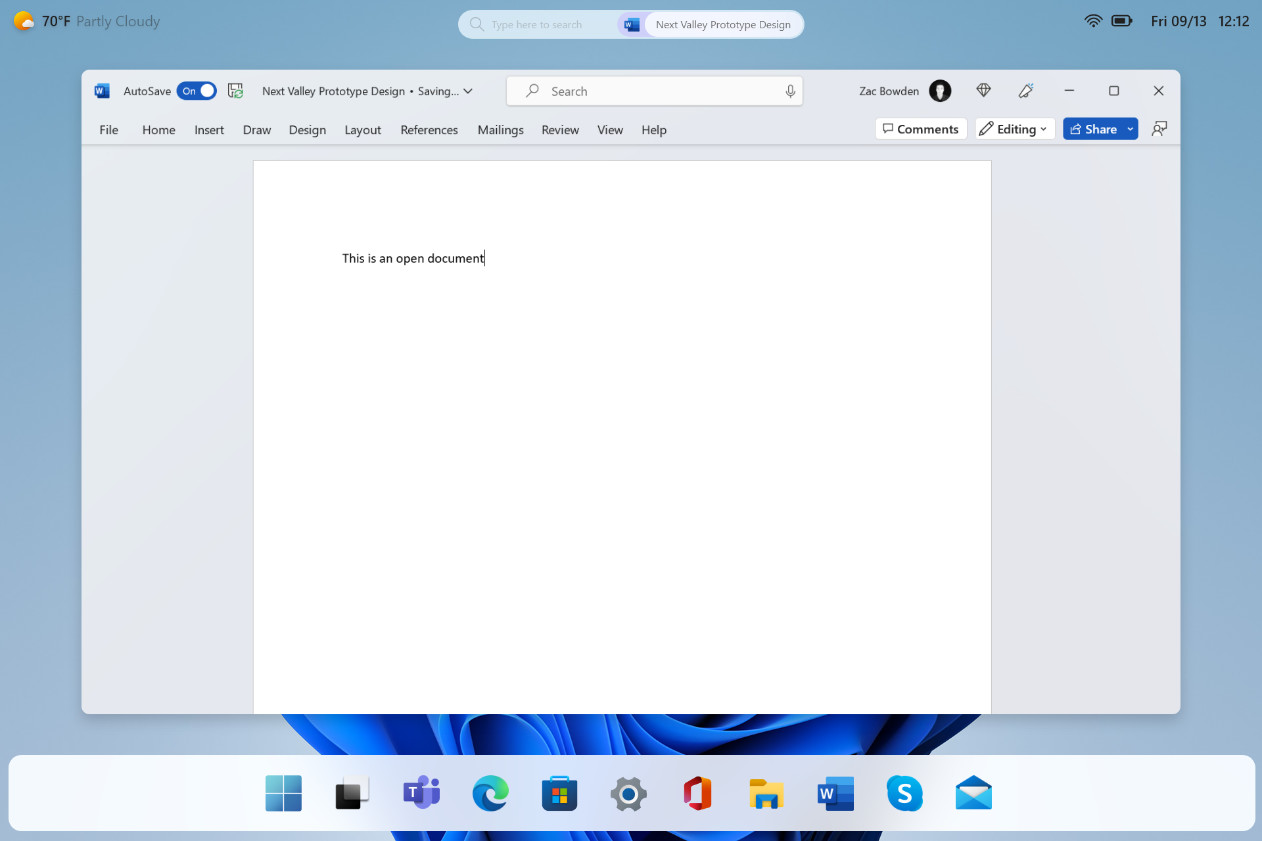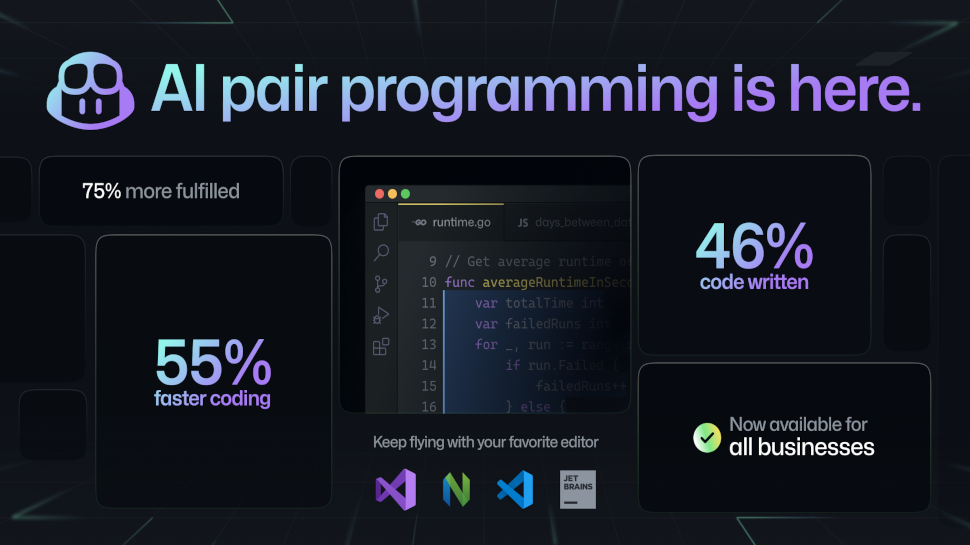Qualcomm and Microsoft's game-changing chip could supercharge Windows 12
We’re approaching ever closer to the next generation of Windows, which most people expect will be Windows 12, and at Qualcomm's Snapdragon X Elite event, which took place this week, we got a peek at some potential Windows 12 features.
Qualcomm, a company that specialises in wireless-related semiconductors, software, and services, unveiled a flashy new processor chip, the Snapdragon X Elite and it’s made some bold claims. It’s been said that this chip will boost Windows on ARM devices in a big way, and will play a crucial role in the next generation of Windows devices’ functionality.
At the event, Qualcomm shared the stage with Microsoft CEO Satya Nadella and CVP (Corporate Vice President) Pavan Davuluri, to discuss the Snapdragon X Elite processor and the topic of NPUs (Neural Processing Units) in the context of future Windows machines.
The discussion was more about broad strokes and less to do with specifics, as there were no demonstrations of the new hardware or even explicit mentions of “Windows 12”, but we did learn about some features that are in the pipeline, which many people felt were hints at what the next version of Windows could be like.

What AI will look like in future Windows versions
As Windows Central reports, Nadella first described his (and Microsoft’s) vision for how AI is shaping computing. Nadella thinks that generative AI (gen AI, as he called it) can be as major as smartphones and mobile computing (something he’s previously declared at the Envision event we attended last week), the emergence of cloud computing, the internet, and the personal computer have been in the recent past. He thinks gen AI will impact human-computer interaction, potentially making it more intuitive and friendly to us and make it easier to change human behavior.
According to Nadella, gen AI will transform what operating systems (OSs) are as we know them, how a user interface (UI) looks like, how we engage with applications on devices, and more. UI changes are signifiers of bigger more fundamental change overall, and Nadella calls this “a big UI change."
Nadella then went on to discuss Microsoft’s new reasoning engine, a system that “reasons” and mimics our own thought process. He cited the example of Microsoft’s Github Copilot, an AI coding assistant, which helps you brainstorm ideas and create. The overhaul of UIs and a modern reasoning engine will mean that, as Nadella puts it, “all software categories can be changed."

Microsoft's big hybrid computing wager
After that, Nadella highlighted hybrid computing, which Windows Central points out has been a continued topic of discussion in what next generations of OSs like Window 12s might look like, and is another major area of development for Microsoft. According to Nadella, Microsoft’s vision includes hybrid computing being crucial to improving computing capability for low-powered or older devices by processing some things locally on the device and making use of the cloud for others.
This is apparently a critical area of innovation which makes use of the new generation of powerful NPUs to maximize the potential of local and cloud computing simultaneously. A hybrid approach to computing is also important because the scale of some AI processes and features require more processing power than a standard PC can handle. Hybrid computing basically expands the scale of what’s possible from your PC, particularly to do with AI, though it does mean you need an internet connection.
This is how Microsoft’s new brainchild, the AI assistant Windows Copilot, functions. Many of the functions it carries out happen in the cloud, and its functionality is a mix of on-device and in the cloud. Microsoft is also developing a new system architecture to make all of this happen that will allow developers to realize what Microsoft calls ‘hybrid apps’. Microsoft is looking to components like the Snapdragon X Elite chip to make this a reality.

High stakes and possible high rewards for Windows Copilot
Nadella calls Windows Copilot a “marquee experience,” so Microsoft is clearly placing big bets on it. It wants it to become the next Start button, which is certainly bold - that iconic element of Windows made a huge and lasting impact when it debuted in Windows 95. Nadella claims that you won’t even need to give it a direction or instruction - you can describe your intent and Copilot will pull up what you need. It could assist our workflows and activities like learning, creating, queries, and more.
Right now, you have to go to Start, find the application you want or navigate your File Explorer to find a specific file, and then get on with your work. With generative AI, the idea is that you state your intent (your wish, if you will) and your wish becomes reality with Copilot bringing you everything you need.
We’ve already seen that Microsoft is putting a great deal of effort into Copilot, and showed us previews of the sorts of things it’ll be able to do. If you try Copilot for yourself, you’ll see that it’s not quite there yet, but the vision is intriguing. Rumor has it that Microsoft is developing natural language models (a type of logical and systematic model that props up what we currently call AI) that will improve file searches and better restore previous activity. Davuluri spoke at length about other platform-related developments to help facilitate app-emulation and how generative AI will help shape each user’s individual experience.
So, it’s a long discussion that gives an interesting look into Microsoft’s future, but keeps it nebulous enough to not spoil too many surprises. For example, we still don’t know what “Windows 12” will be named officially. What we do know is Microsoft’s clear intent with an AI-centric UI that could radically change how we use PCs and devices, context-aware AI functionality that will personalize user experiences, and a focus on incorporating hybrid computing. It all sounds very exciting and it’s great for buzz-word bingo, but I think users are eager to see some solid details about what they can expect in the next version of Windows OS.
YOU MIGHT ALSO LIKE
from TechRadar - All the latest technology news https://ift.tt/zGL2Qs5

Comments
Post a Comment